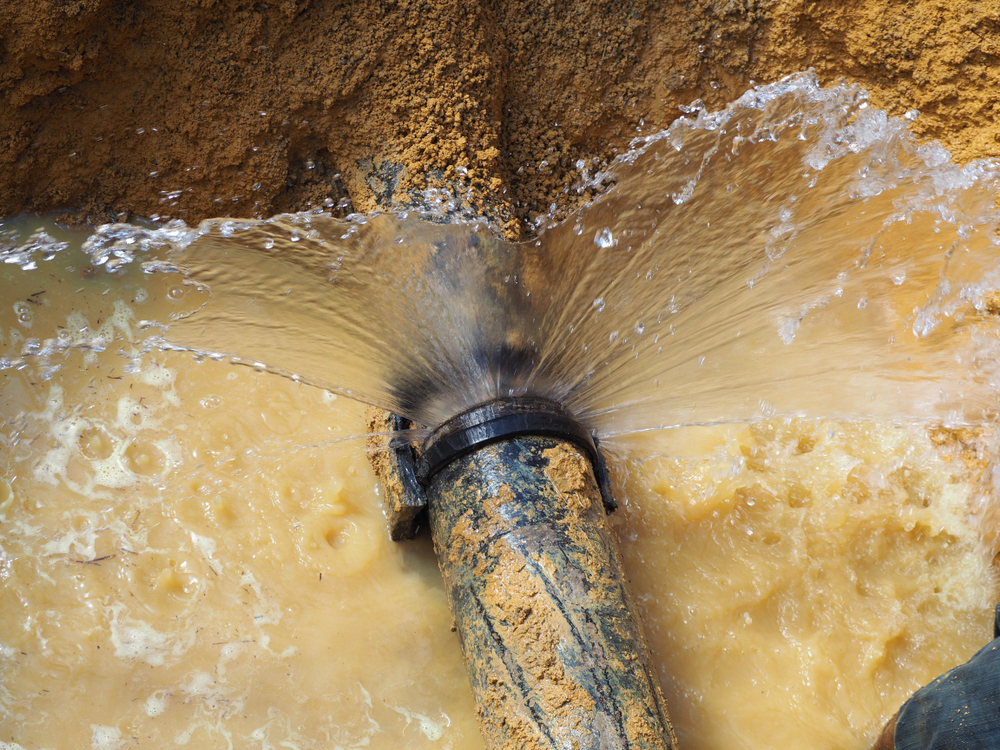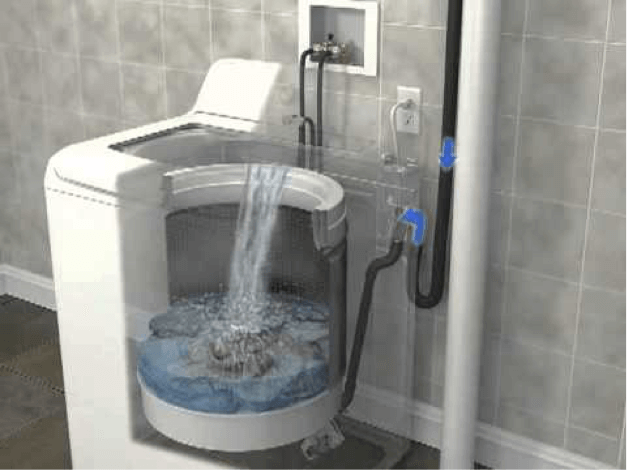Ruptured Pipes? No Panic! Exactly how to Detect and also Repair Promptly
Ruptured Pipes? No Panic! Exactly how to Detect and also Repair Promptly
Blog Article
Almost everyone is bound to have their own piece of advice on the subject of How to Prepare for Your Dishwasher Installation.

A ruptured pipeline is a major emergency; you can only stand as you see water you pay very much to reunite with the earth. In worse instances, you observe a pool on your cooking area floor, which is a wonderful trip hazard, specifically if you have kids around. If the pipe that ruptured was in your wall surfaces, problem: you may require to repaint that whole area.
How can a tragedy like a burst pipe be avoided and also handled? Well, by listening to your expert emergency plumbings and also complying with these rules.
Exactly how do I recognize when my pipes have ruptured?
Varying water stress
Pipelines do not just burst in a day. You might have observed that your kitchen tap or shower doesn't run quickly when you turn the tap. It may pause for a couple of seconds and afterwards blast you with more pressure than typical.
In various other instances, the water may appear normal in the beginning, then decrease in pressure after a couple of seconds.
Damp walls and also water spots
Prior to a pipeline bursts, it will certainly leak, a lot of times. If this persistent dripping goes unnoticed, the leakage may finish into a large gouge in your pipeline. One easy means to avoid this emergency is to keep an eye out for damp walls advertisement water spots. These water discolorations will lead you right to the leakage.
Puddles under pipes as well as sinks
When a pipe bursts, the discharge forms a pool. It may show up that the pool is growing in dimension, and regardless of how many times you mop the pool, in a couple of minutes, there's an additional one waiting to be cleansed. Typically, you might not be able to map the pool to any noticeable pipelines. This is a sign to call an expert plumber.
Untraceable dripping noises
Pipeline bursts can take place in the most undesirable places, like within concrete, inside wall surfaces, or under sinks. When the house goes silent, you might be able to listen to an annoyingly consistent dripping noise. Also after you've inspected your shower head and kitchen area faucet, the dripping might proceed.
Precious viewers, the dripping may be originating from a pipe inside your wall surfaces. There isn't much you can do concerning that, except inform a specialist plumber.
Shut off the Water
When water ices up, it increases in volume by regarding 9 percent. And also it expands with incredible force: The pressure inside pipelines might go from 40 pounds per square inch to 40,000 psi! No pipe can hold that much stress, so it bursts. The break may happen where the ice kinds, but more frequently, it happens where water stress finds a vulnerable point in the pipe. That might be inches or perhaps feet from the frozen area. Discover the water shutoff valve and also turn off the water to avoid even more damages. You could also need to turn off the electrical energy too, depending on where the leaks occurs as well as exactly how large it is.
Contaminated water
Many people assume a ruptured pipe is a one-way electrical outlet. Quite the contrary. As water flows out of the hole or gash in your plumbing system, impurities locate their method.
Your water might be infected from the resource, so if you can, examine if your water container has any kind of issues. Nevertheless, if your alcohol consumption water is provided and also detoxified by the local government, you need to call your plumber quickly if you see or scent anything amusing in your water.
What do I do when I identify a ruptured pipe?
Your water meter will continue to run even while your water wastes. To minimize your losses, find the major controls and also transform the supply off. The water pipe are an above-ground structure at the edge of your home.
How to Fix & Detect a Leaking Pipe
How Do I Know if a Pipe is Leaking?
Leak detection tests can help you determine if your pipe has a leak. Even if you don’t see an apparent leak, you should still conduct leak detection tests regularly to save water and money—and prevent major damage to your home.
Water meter. It can be helpful to figure out what your usual water meter usage numbers are and then monitor them regularly. To monitor your meter, first, turn off all water faucets in your home. Check the meter and write down the numbers. In a few hours, check the meter again. If the numbers have changed, you have a leak. Water gauge. Use a water gauge to test your water pressure. Your showerhead should produce a certain amount of water pressure based on its model and design. If the pressure is lower than it is supposed to be for that specific showerhead, your home likely has a leak. Puddles. Look inside your bathroom, laundry, and kitchen sink cabinets. Puddles around the cabinets or around toilets, tubs, showers, and washing machines indicate the presence of a leaking pipe. You may also notice loose tiles, peeling or flaking paint, or mold caused by water accumulation. Napkin test. Even if you don’t see any puddles, you may still have a leak. You can test for water leaks in the bathroom, laundry, and kitchen by wiping below-sink connections with a napkin, paper towel, or piece of toilet paper. If it becomes damp, you probably have a leaking pipe under the sink. Discolored walls. Walls that are discolored—usually with brown or yellow stains—or bulging might mean that they have been impacted by water damage caused by a leaking pipe. Smell. A leaky pipe will create sitting water, and over time, that water may develop a musty smell. If your home smells musty, but you can’t locate the source, it may be due to a leak. Steps for Fixing a Leaking Pipe
A leaky drain can be remedied by tightening the pipe base, replacing the drain seal, caulking the rim, and tightening the pipe nut. Similarly, a leaking toilet pipe can be treated by tightening the packing nut. You may also need to replace the valve. A leaky faucet may just need tightening or replacement of the washers. If that doesn’t work, consider replacing your faucet. If your pipe has a hole in it, you may want to use a pipe leak sealer or pipe leak tape. This quick fix for water pipe leaks can also temporarily fix a copper pipe leak. https://www.ahs.com/home-matters/quick-tips/how-to-tell-if-pipes-are-leaking/

We were guided to that article on How to Install and Connect a New Dishwasher through a good friend on another website. Are you aware of somebody else who is looking into What to Know Before Installing a Dishwasher? Be sure share it. Thank you for your time. Come back soon.
Appointment
Report this page